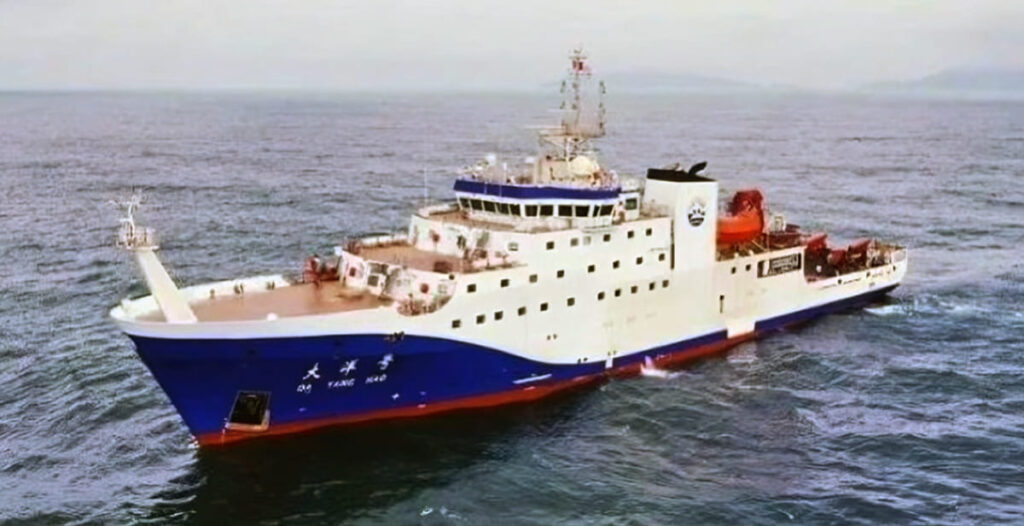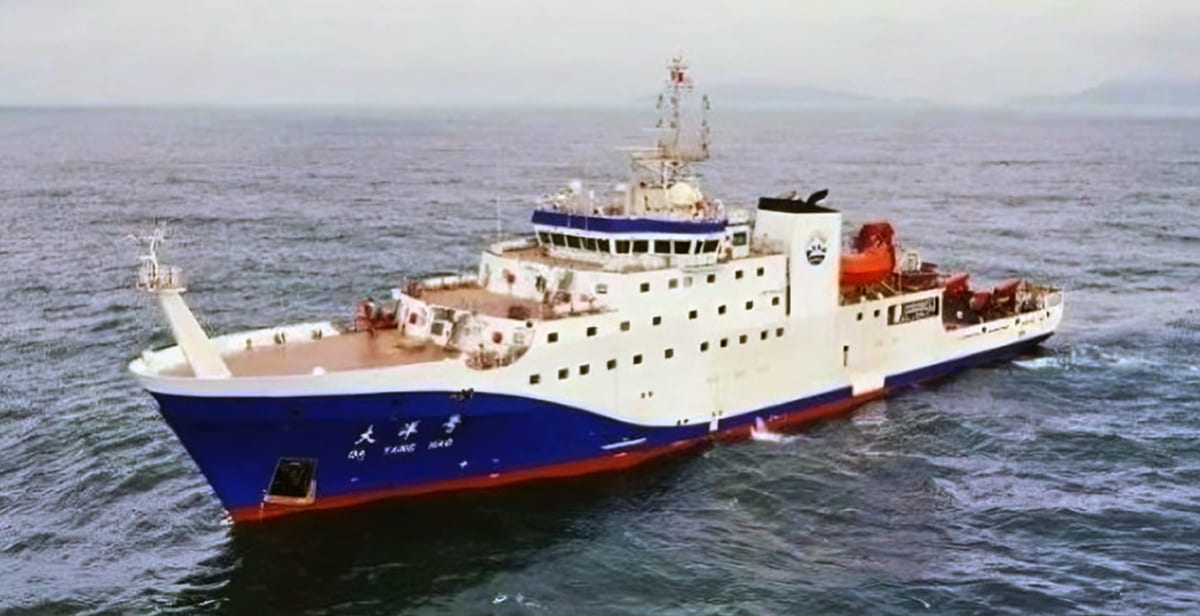Chinese surveillance vessels have been detected in the Indian Ocean near the Andaman Islands Islands, sending ripples of alarm through India and its regional allies. The presence of at least three Chinese survey and surveillance ships, including the Xiang Yang Hong 01 and 03, near the Andaman Islands and Maldives, has sparked renewed tensions and a sense of unease in the region.
The sighting of these ships comes in the wake of China’s aggressive maritime maneuvers in the South China Sea, where it has employed coercive tactics against ASEAN countries. Analysts suggest that these activities in the Indian Ocean are part of the People’s Liberation Army Navy’s (PLA Navy) expansionist agenda, aimed at asserting its presence and influence in the Indo-Pacific region.

The Xiang Yang Hong 01, a high-endurance Chinese surveillance vessel, has been observed stationed approximately 600 miles west of the Andaman Islands in international waters. Reports indicate that the vessel is engaged in trials of high-endurance autonomous underwater vehicles, capable of mapping ocean beds and collecting crucial oceanographic data for future submarine operations. The vessel entered the Bay of Bengal in early March and has remained in the area since then.
Meanwhile, the Xiang Yang Hong 03 is operating around 350 miles off the coast of the Maldives, utilizing unmanned systems for ocean observation and hydrographic surveying. This activity raises concerns among Indian authorities, particularly as the vessel appears to be collaborating with the Maldivian government. The Indian Navy is closely monitoring the movements of these Chinese vessels, mindful of their potential strategic implications.
A third surveillance ship, Da Yang Hao, has been identified approximately 1200 miles south of Port Louis in Mauritius. Operating alongside the PLA’s anti-piracy escort forces, this vessel underscores China’s growing naval presence in strategic locations across the Indian Ocean.
While these activities technically occur within international waters, they reflect China’s broader strategy of expanding its maritime influence and forging alliances in key regions. The PLA’s engagement with nations in the Indo-Pacific and Africa aims to shape maritime policies under the guise of defense cooperation.
In response to these developments, Indian defense experts emphasize the need for enhanced deterrence measures. The Indian Navy is urged to invest in unmanned underwater drones and long-endurance submarines to counter potential maritime coercion from China. Such capabilities would enable India to maintain a strong deterrent posture in the region.
Notably, the unique underwater conditions in equatorial waters offer tactical advantages for submarines, as differences in temperature can obscure their presence. This underscores the importance of collecting comprehensive oceanographic data, a task that China appears to be prioritizing in the Indian Ocean.
As tensions simmer in the Indian Ocean, the presence of Chinese spy ships serves as a stark reminder of the strategic competition unfolding in the region. India and its allies must remain vigilant, adopting measures to safeguard their maritime interests amidst evolving geopolitical dynamics, while grappling with feelings of uncertainty and vigilance.







